When global travel restrictions were introduced in March to stymie the spread of COVID-19, more…
Labour shortage in fruit and vegie industry worsens
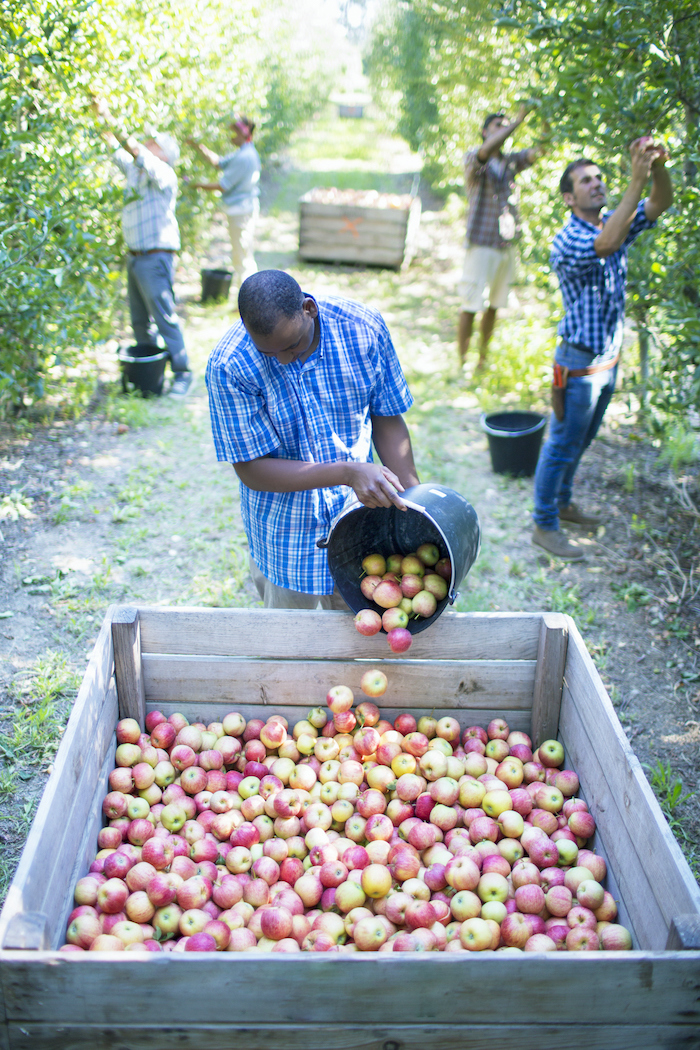
NSW Farmers say State and Federal Government attempts to address the acute seasonal labour shortage in the fruit and vegetable sector have failed, and time is running out to find a solution.
A COVID-induced drop in backpackers and other working holiday-makers and the difficulty in attracting locals to pick fruit and vegies has meant horticulture crop losses now exceed $50 million across the country.
In pre-COVID times 200,000 working holiday-makers, mainly backpackers, worked on farms, but now this number has reduced to 40,000 with around 1,000 leaving each week.
NSW Farmers has released a five-point-plan to tackle the issue and avoid an impending shortage of fruits and vegetables in shop shelves and a rise in prices.
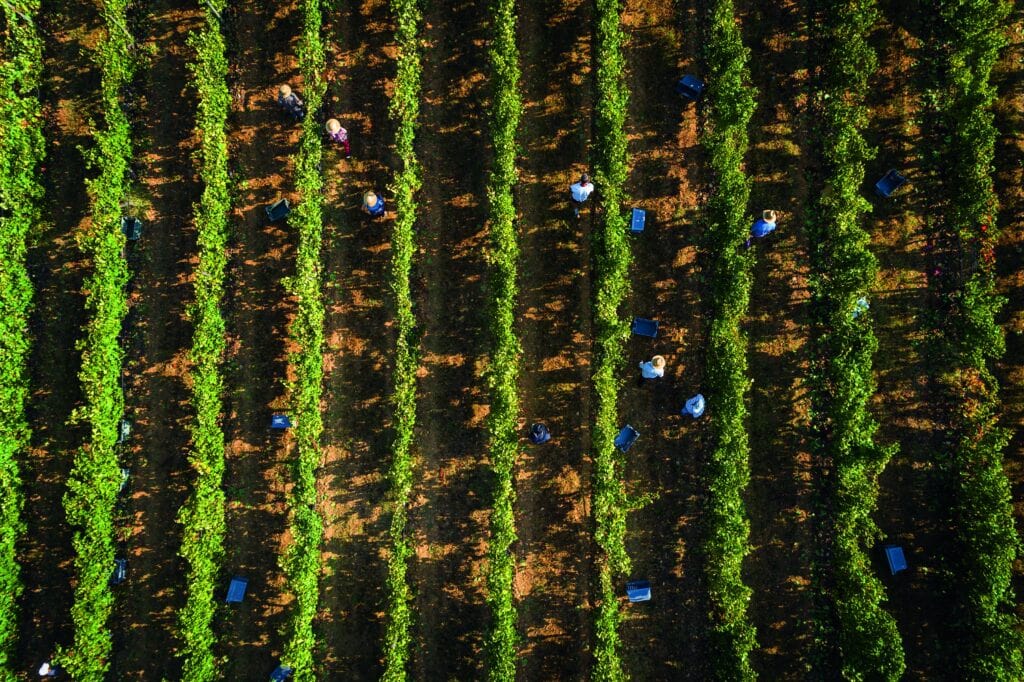
Among the key points in the plan is facilitating and subsidising quarantine costs to restart the Pacific Labour Scheme and the Seasonal Workers Program.
NSW Farmers is also calling for states to be given greater control to manage the make-up of the state’s arrivals cap so that international workers can be brought in.
NSW Farmers CEO Pete Arkle says time is running out to ensure there are enough workers available for 2021 harvests.
“So far fruit and vegetable crop losses across the country as a direct result of ongoing labour shortages now exceed $50 million,” Mr Arkle said. �These crops include berries, tomatoes, carrots, citrus, bananas, pumpkins, chilli and leafy green vegetables.�
“Pretty disastrous,” says Guy Gaeta
NSW Farmers Horticulture Committee Chair, Guy Gaeta, described the current worker shortage as “pretty disastrous”.
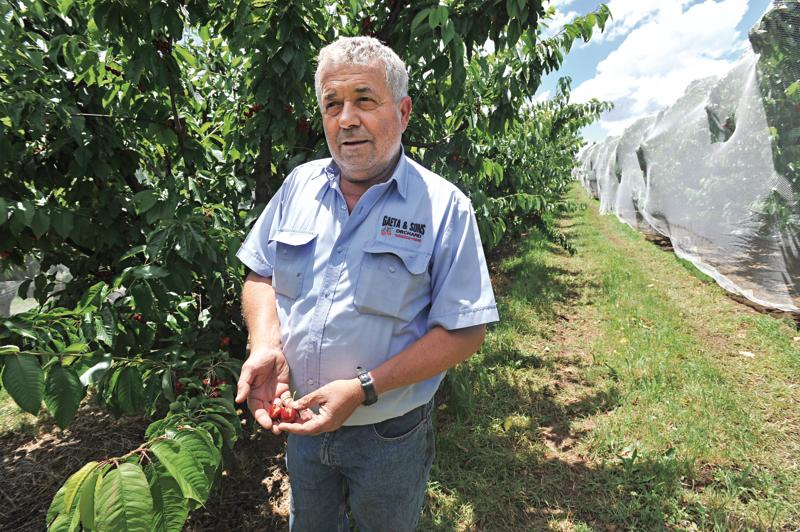
“It’s pretty disastrous. I’ve been doing this for 30-odd years and I’ve never seen it like this,” Mr Gaeta told The Muster.
Mr Gaeta said in normal times his district of Orange would attract 1,000 workers for the cherry harvest, but this year that number plummeted to 300.
The 12-week apple harvest is now starting and he said apple growers are facing the same battle with huge worker shortfalls.
Mr Gaeta said many growers are also struggling with labour hire companies promising 30 workers a day but then only 20 turn up.
The other ongoing issue is the unwillingness of local unemployed Australians to do the work.
“It is really challenging because we have to get this harvest done and if we don’t it is going to mean price increases,” Mr Gaeta told The Muster.
“Our prices are set by the supply and demand and if supply is low, then the price is going to be high.
Spoiled by backpackers
Mr Gaeta said for many years the horticulture sector had been spoiled by the steady stream of “self-sufficient” backpackers who tend to arrive in their vans and require no accommodation or kitchen facilities.
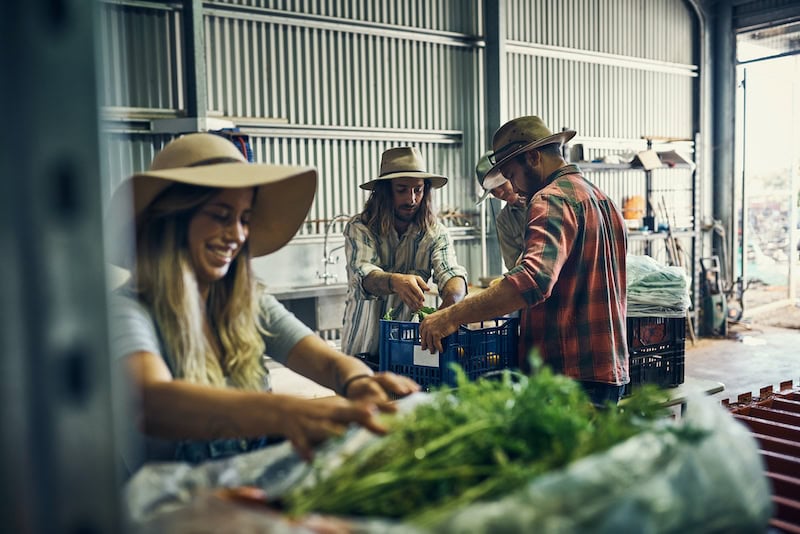
He said accommodation shortages in regional areas is a big issue for workers coming in, particularly those from the Pacific Islands that need accommodation.
He said to combat this many farmers have begun building living quarters on their farms to help draw workers in.
NSW Farmers Five Point Plan to tackle ag shortage crisis
- Lower costs – Facilitation and subsidies of quarantine costs to restart the Pacific Labour Scheme and the Seasonal Workers Program.
- Workable visas – Expedited visa approval process and assistance to coordinate the sharing of seasonal workers during their stay/flexibility introduced to current visa requirements.
- State control of arrival caps – States being given greater control to manage the make-up of the state�s arrivals cap so that international workers can be brought in.
- Encourage domestic workers – Increase incentives for agricultural work.
- Mobile Workers – Ensuring labour mobility across state borders for workers in agriculture and related supply chain is maintained despite fluctuations in new cases of COVID.
If you enjoyed reading this feature on labour shortage, you might enjoy your story on the shearer shortage.


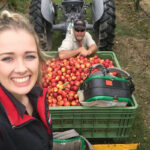


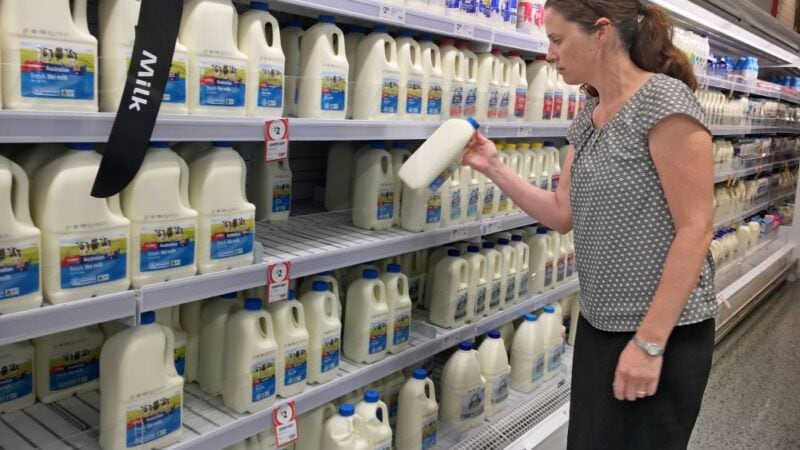
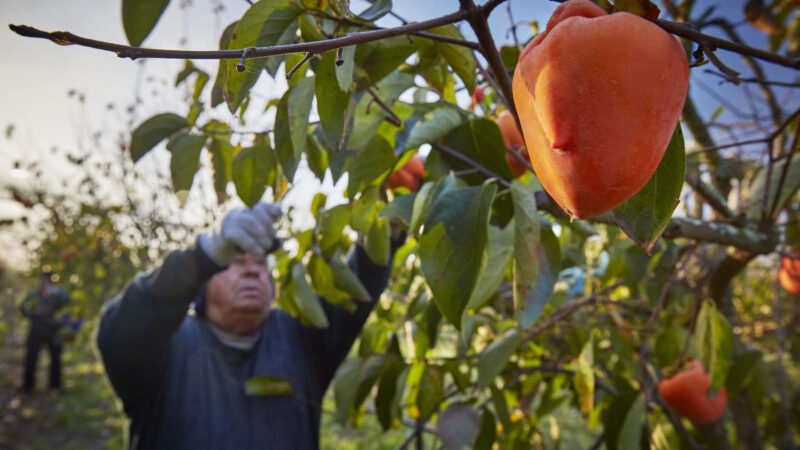
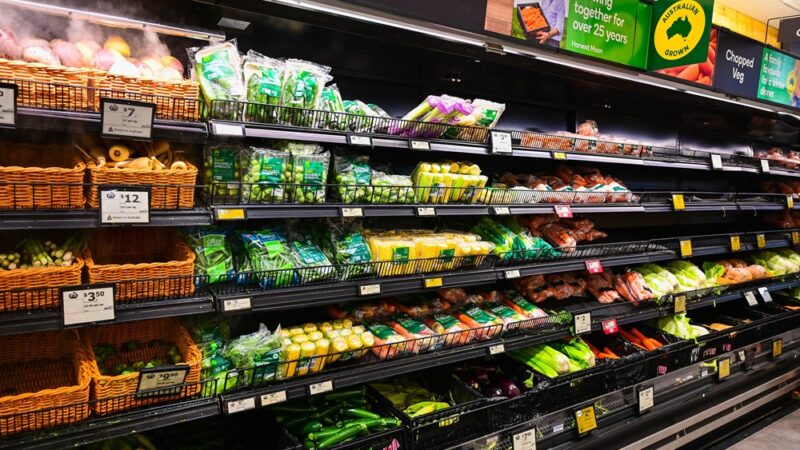

Hi,
The 5 step plan to address labour shortages is not too bad, whilst that may be a solution to address labour shortages, the next challenges are
1. Recruitment – identifying the numbers from various communities to be encouraged to meet the request
2. Welfare – recent case of workers being mistreated in is not a good stance to keep workers motivated and welfare should be priority. Information sharing amongst workers have escalated since.
3. COVID 19 – we anticipate workers to abscond and this has happened recently as pacific island countries economies have plumeted and still trying to map out plan for recovery. Returning to their homeland is not an option
4. Influence – diaspora influence by certain anti govt groups that influence workers to abscond.
5. Welfare again – this has not been addressed and most growers/employers are not treating our workers with the repsect and dignity as any Australian workers.
Please let us take a united front to work together to manage the issues ahead. Happy workers happy employers, increase yield, and high return to the growers/employers